
But why…?
Being Asian, I have always eaten tofu, or in my case, called “dubu”, pronounced do-boo. Now, however, tofu has become a worldly trend for more than just Asian meals.
Vegan and want an egg substitute? Scrambled tofu. Dairy allergy but love spanakopita and lasagna? Tofu “cheese”. Want to add protein to your morning smoothie? Throw in some tofu. Trying to eat less meat? Make a tofu chili.
And the trend does not limit itself to breakfast or entrees. Its versatility lends itself to dessert. Tofu mousse, crème brûlée, cream pies, blintzes, brownies and more.
Why? Because tofu is high in protein, low in calories and fat, full of nutrients, easy to find, and capable of taking on any flavor and any shape.
Recently I decided to try using tofu in a cheesecake. Usually I simply use a dairy free cream cheese since those are plentiful these days, but many are made with coconut or cashews, which is a problem if you are allergic. Others are not great if you prefer to steer clear of ingredients like maltodextrin.
When you look up tofu cheesecakes, you will see that most use silken tofu. Silken tofu has a higher moisture content and purees very nicely with its “silkier” texture. What I noticed, though, was that a lot of the recipes called for an ingredient like cornstarch and/or mixing with nuts, presumably because of the high moisture content of the silken tofu. So, if you have those particular allergies, they are not the best recipes.
So, I decided to see what would happen if I just used regular firm tofu. The result was definitely not a “cheesecake” but it made a lovely, flavorful dessert which was not too sweet and high in protein and nutrients.
Tofu Pumpkin “Cheesecake”
Ingredients:
2 1/4 cup ginger cookie crumbs (I used a store-bought gluten, dairy, nut free ginger cookie which I processed into crumbs with my food processor.)
8 TBSP vegan butter
Two 14 oz containers of extra firm tofu
1 cup pureed cooked pumpkin
3/4 cup maple syrup
2 tsp cinnamon
1 tsp nutmeg
1/2 tsp ginger
12 oz container dairy free sour cream
1/4 cup maple syrup
cinnamon
Cooking Instructions:
- Preheat the oven to 325 degrees and bring water to boil.
- Wrap a couple of layers of aluminum foil around the outside of a 9 inch springform pan and place into a larger pan which fits the springform pan.
- In a food processor, pulse the vegan butter with the ginger cookie crumbs until the crumbs start to come together more like a “dough”.
- Evenly pat the crumb mixture into the bottom the springform pan to form the crust.
- In a blender puree the tofu with the pumpkin, maple syrup, cinnamon, nutmeg, and ginger.
- Pour the tofu mixture onto the ginger cookie crust and spread evenly.
- Place the pan with the springform pan into the oven and pour boiling water into the pan to fill about halfway up the springform pan.
- Bake for about 90 minutes until the “cheesecake” is mostly set and only a tiny bit jiggly in the center.
- Turn off the oven and with the door open, allow the “cheesecake” to slowly cool for an hour.
- Chill the cheesecake in the fridge at least several hours or overnight.
- After the cheesecake is cool, whisk the sour cream with the maple syrup and gently pour it over the cheesecake, spreading it to allow some to drip down the side.
- Sprinkle the top with a generous amount of cinnamon.


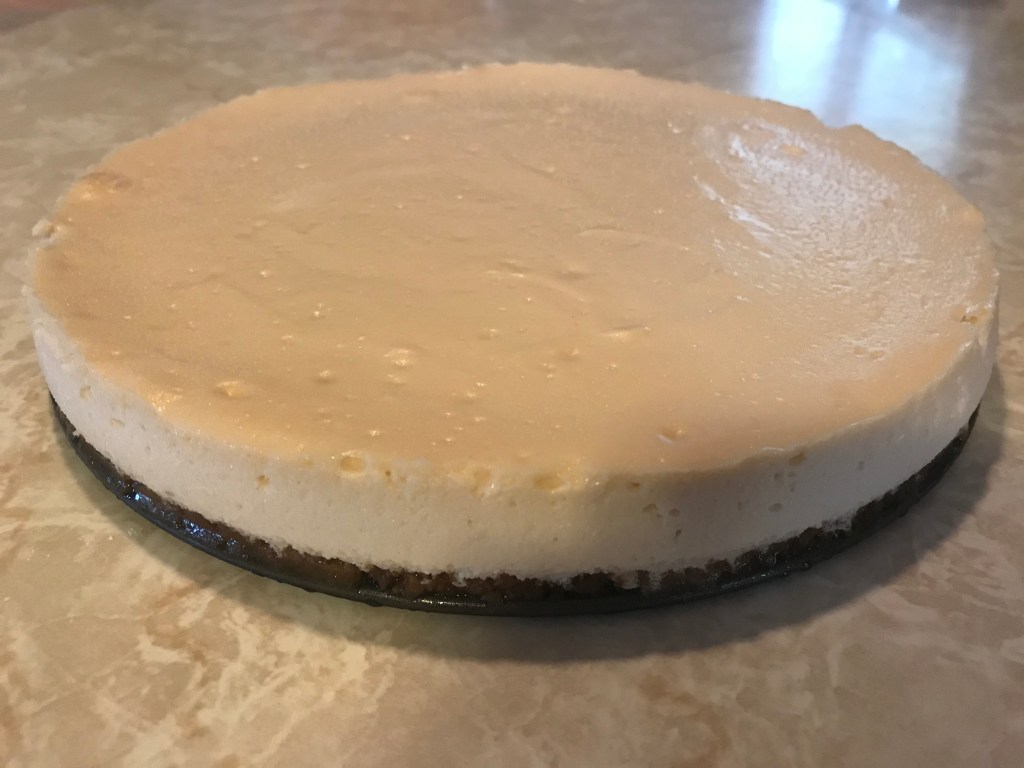

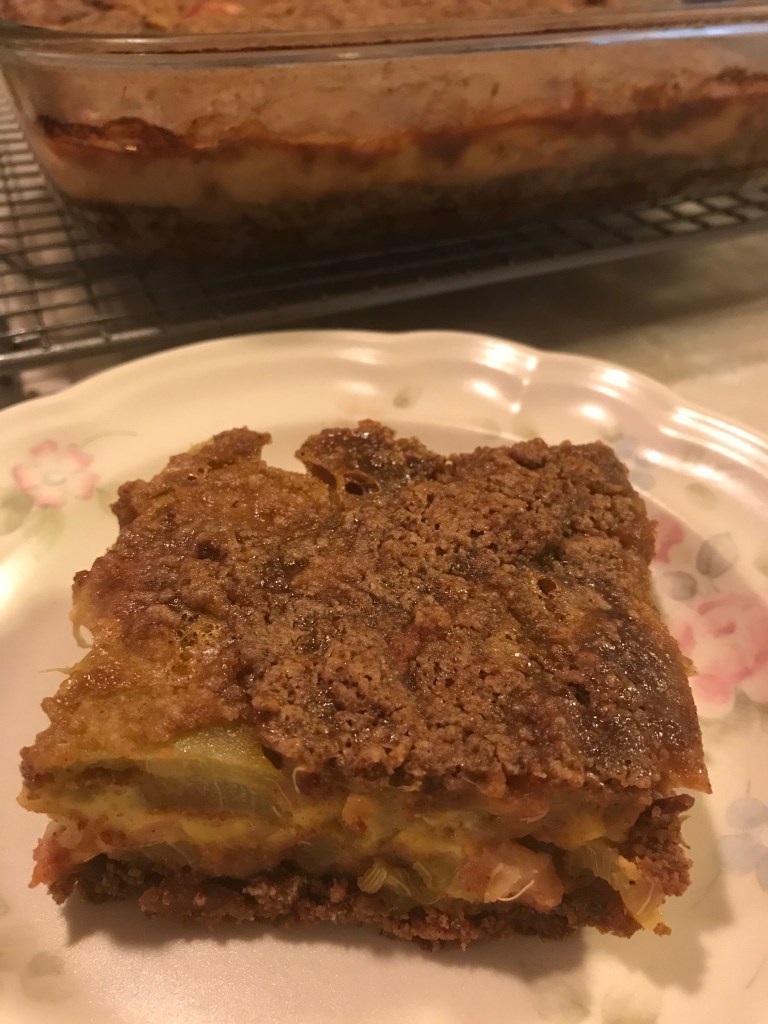


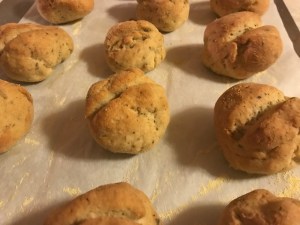

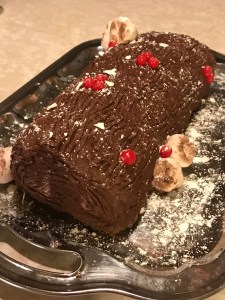






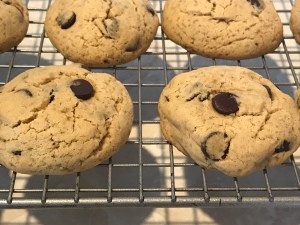

You must be logged in to post a comment.